Nylon66-China – No-Label-PET-Bottle 12-05-2022 - Arhive
Nylon66-China – No-Label-PET-Bottle
-Hualu Hengsheng plans nylon 66 in China
China’s Hualu Hengsheng Chemical is planning to construct a nylon 66 project as well as a solvent project at Dezhou in Shandong province, the company said.
The nylon 66 project will have two product lines, each at 40,000 tonnes/year of capacity. A 200,000 tonne/year adipic acid plant and other supporting facilities will also be installed.
For the solvent project, the company will build two dimethyl carbonate (DMC) plants each at 300,000 tonnes/year of capacity, a 300,000 tonne/year ethyl methyl carbonate (EMC) plant and some supporting units.
Hualu Hengsheng estimates that investments will be roughly yuan (CNY) 3.1bn (USD464m) for the nylon 66 project and CNY1bn for the solvent project. Constructions are expected to take 24 months for the nylon 66 project and 20 months for the solvent project. Nylon66-China – No-Label-PET-Bottle
As MRC informed earlier, Domo, a manufacturer of engineering and high performance materials has announced it will be investing millions of euros in updating and expanding the production capacity for high-performance Technyl polyamides over the coming years. The company said that the investment was necessary to meet growing demand in the automotive, electrical & electronics, and industrial consumer goods industries, and to help build a sustainable future
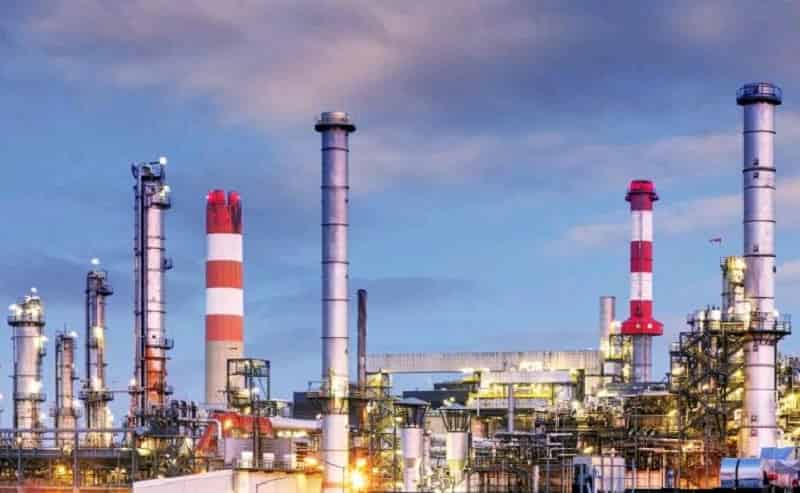
-Trinseo raises May PS, ABS and SAN prices in Europe
Trinseo, a global materials company and manufacturer of plastics, latex binders, and synthetic rubber, and its affiliate companies in Europe, have announced a price increase for all polystyrene (PS), acrylonitrile-butadiene-styrene (ABS) and acrylonitrile-styrene copolymer (SAN) in Europe, according to the company’s press release as of May 4. Nylon66-China – No-Label-PET-Bottle
Effective May 1, 2022, or as existing contract terms allow, the contract and spot prices for the products listed below rose to reflect current market conditions as follows:
STYRON™ general purpose polystyrene grades (GPPS) by +90 Euro per metric ton
STYRON™ and STYRON™ A-TECH, STYRON™ C-TECH and STYRON™ X- TECH high impact polystyrene grades (HIPS) by +90 Euro per metric ton
MAGNUM™ ABS resins by +60 Euro per metric ton
TYRIL™ SAN resins by +60 Euro per metric ton
We remind, Trinseo last raised its prices for all PS, ABS and SAN grades on 1 April 2022, as stated below:
– STYRON general purpose polystyrene grades (GPPS) — by EUR430 per metric ton;
– STYRON and STYRON A-Tech and STYRON X- Tech and STYRON C- Tech high impact polystyrene grades (HIPS) – by EUR430 per metric ton;
– MAGNUM ABS resins – by EUR430 per metric ton;
– TYRIL SAN resins – by EUR430 per metric ton.
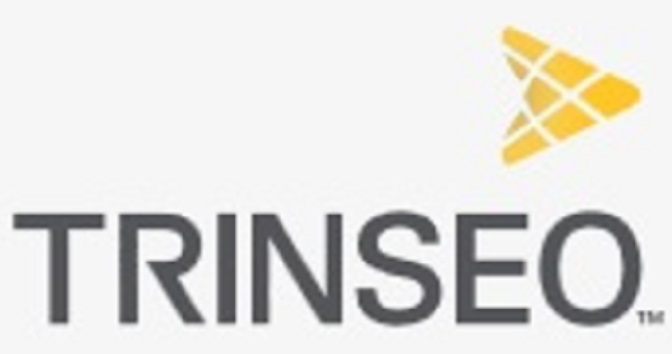
-Curbside HDPE prices rise slightly
Market graph iconThis month has brought relative calm to markets, with post-consumer recyclables bale prices largely flat except for a few modest changes.
The national average price for corrugated containers (PS 11) is down another $2 per ton this month, now trading at an average $129 per ton. OCC was trading for about $93 per ton this time last year.
The national average price of post-consumer PET beverage bottles and jars leveled off this month, now at an average 39.56 cents per pound, compared to 39.22 cents per pound this time last month. Some regions are trading as high as 50 cents per pound. PET was trading at 15.69 cents one year ago.
The national average price of post-consumer natural high-density polyethylene (HDPE) from curbside collection programs is up 2%, now at an average 54.81 cents per pound. This compares with 53.72 cents last month. The price was 89.31 cents this time last year. Nylon66-China – No-Label-PET-Bottle
The national average price of color HDPE is also up 2%. This grade is now trading at 29.56 cents per pound, compared with 28.94 cents last month. Color HDPE averaged 38.44 cents one year ago.
Notable price increases are being seen across three film grades, however.
The national average price of Grade A film is up 6%, now at 22.50 cents per pound, compared with 21.13 last month and 17.63 cents one year ago. And Grade B film is now 8.13 cents, compared with 6.56 one year ago. Prices for both are the highest they’ve been in recent memory.
Grade C film is now averaging 1.13 cents per pound. That’s the highest price paid for this lower-grade film bale since mid-2020.
Generally speaking, other curbside metal, paper and plastic prices are flat this month.
The national average price for sorted, baled aluminum cans remains steady, at 114 cents per pound. This material was trading at an average 64.13 cents per pound this time last year.
Sorted, baled steel cans have also remained consistent. They are selling for an average $236 per ton. The price was $233 per ton one year ago.
Sorted residential papers (PS 56) remain unchanged, at $100 per ton. This compares with $55 per ton one year ago.
And the same goes for mixed paper (PS 54), which is still selling for $70 per ton, compared with $34 this time last year, and for sorted office papers (PS 37), which are still trading for about $220 per ton, compared with an average $116 one year ago.
Lastly, polypropylene (PP) is still trading at 34.56 cents per pound, the same as last month. PP was 33.31 cents one year ago.
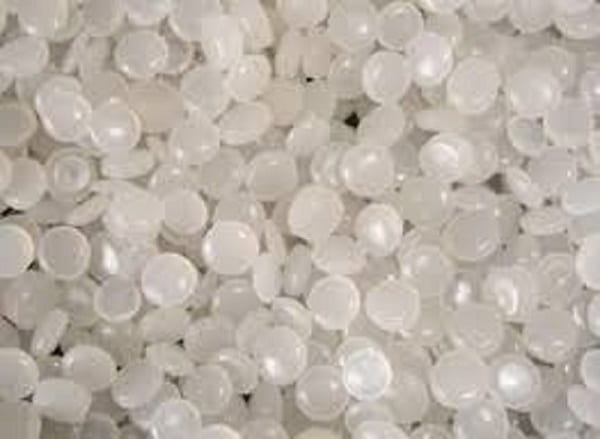
-EURATEX reaches out to Ukrainian textile industry
EURATEX, the European Apparel and Textile Confederation has launched its EU-Ukraine Textile Initiative (EUTI), which aims at facilitating cooperation between European and Ukrainian textile and apparel companies. EUTI offers a single contact point for Ukrainian companies who seek support and cooperation with EU counterparts, and vice versa.
The connection will be helpful to match supply and demand (e.g. there are many requests for supplies of fabrics), engage in public procurement, offering company-to-company support. The service will be coordinated by EURATEX in close cooperation with UKRLEGPROM, the Ukrainian association of enterprises of textile & leather industry. Olena Garkusha, an experienced manager coming from the Ukrainian textile industry and now based in Brussels, will act as contact point, EURATEX said in a press release. Nylon66-China – No-Label-PET-Bottle
EU exports to Ukraine reached €1.3 billion in 2021 (13th market), whereas imports from Ukraine reached €500 million (21st place). There is potential to expand that relationship, both in the short term – to respond to urgent needs, e.g. in military and medical fabrics – but also in the longer run; as a partner in the PEM Convention, Ukraine can play an important role in Europe’s textile and apparel supply chain. The proposed suspension of tariffs on imported products from Ukraine by the EU will offer further opportunities.
“Supporting the textile industry is our way to help the people of Ukraine. We encourage our European members to connect via EUTI and develop sustainable partnerships,” EURATEX director general Dirk Vantyghem said.
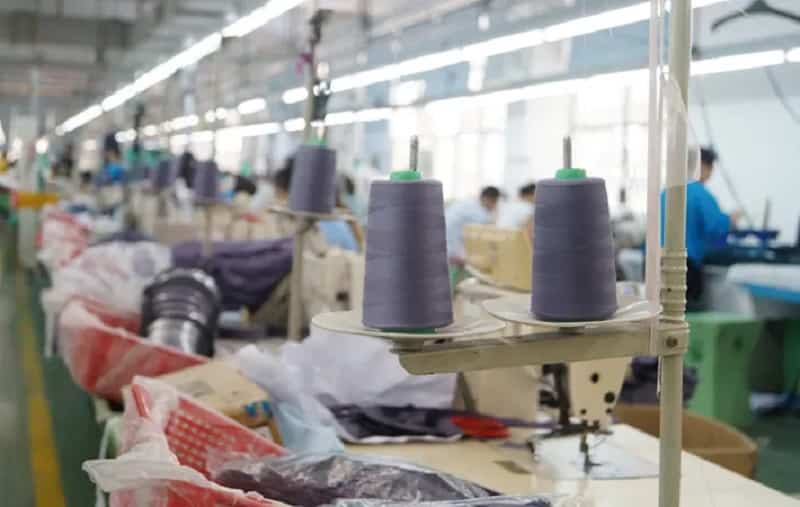
-MOL builds one of the largest capacity green hydrogen plants in Europe
MOL Group, has teamed up with Plug Power Inc. , a leading provider of turnkey hydrogen solutions for the global green hydrogen economy, to build one of Europe’s largest-capacity green hydrogen production facilities at MOL’s Danube Refinery in Szazhalombatta, Hungary, said the company.
Green hydrogen will reduce the carbon footprint of the Danube Refinery operation and enable emission-free mobility in the longer term.
Utilizing a 10-megawatt (MW) electrolysis unit from Plug Power, MOL’s €22 million facility will be able to produce approximately 1,600 tons of clean, carbon-neutral, green hydrogen annually, removing up to 25,000 tons of carbon dioxide by displacing the currently used natural gas-based production process. As this process represents one-sixth of the carbon dioxide emissions of MOL Group, this investment supports MOL’s carbon neutrality goals and will contribute to energy independence for the region. Nylon66-China – No-Label-PET-Bottle
Once operational in 2023, MOL will use the green hydrogen in its Danube Refinery during fuel production of its own hydrogen system. It will be incorporated into the molecules of MOL fuels, lowering the carbon outputs from the production technology and the final product.
The production of green hydrogen does not generate any greenhouse gas emissions. The Plug equipment uses electricity from a renewable source to split water into oxygen and hydrogen gas by a process called electrolysis. This process does not produce any by-products that harm the environment. By producing one ton of hydrogen, eight-to-nine tons of pure oxygen is also produced by the equipment, saving nearly 10,000 tons of natural gas consumption in the process. Plug’s electrolyzers, with nearly 50 years of operational experience in applications demanding high reliability, are modular, scalable hydrogen generators optimized for clean hydrogen production.
The company behind the world’s first and most comprehensive Green Hydrogen Ecosystem , Plug is making green hydrogen adoption simple for companies ready to improve both efficiency and sustainability of their operations. Plug’s independent green hydrogen production network is targeting 70 TPD by the end of 2022 and remains on track to have 500 TPD of green hydrogen generation network in North America by 2025 and 1,000 TPD on a global basis by 2028.
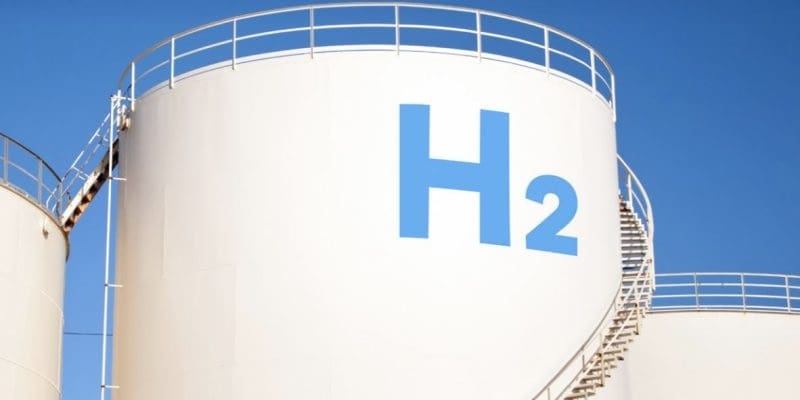
-Amcor’s No-Label PET Bottle for Danone Launches in Argentina
Lasered molds produce a label-free water bottle with a 21% smaller carbon footprint than the labeled bottle.
Amcor Rigid Packaging (ARP), Ann Arbor, MI, and Danone, Paris, have launched a fully recyclable, label-free recycled polyethylene terephthalate (rPET) bottle for Danone’s Villavicencio water brand in Argentina.
The 1.5-Liter bottle is made from 100% rPET and offers a carbon footprint that’s 21% smaller than that of the previous bottle. Eliminating the label also ensures there are no potential contaminants in the recycled resin, which is expected to increase yields of recycled PET resin. Nylon66-China – No-Label-PET-Bottle
The new bottle incorporates the same visual elements as the previous bottle, which was made from a blend of virgin and post-consumer recycled (PCR) resins and was decorated with a polyethylene label. The new package was two years in development.
The mold technology for the label-free bottle comes from Moldintec, an independent blow mold supplier from Argentina. Moldintec used laser-based machining to create highly detailed molds for the Villavicencio bottle.
Embossed in the bottle’s surface are brand and product information. The latter includes required data such as “detailed nutrition information and legal information related [to where the product] is produced, consumer contact, expire date,” and the like, Juan Cazes, general manager of Amcor, Argentina, informs us. This information is molded along the middle of the bottle.
Moldintec won a 2022 WorldStar Award from the World Packaging Organisation for a similar label-free bottle for Danone’s Bonafont water, a brand sold in Brazil. The Bonafont bottle is also produced using laser-based molds.
Amcor sources the rPET for the label-free Villavicencio bottle from the leading PCR producer in Argentina, embracing “the local circular economy for PET,” Cazes says.
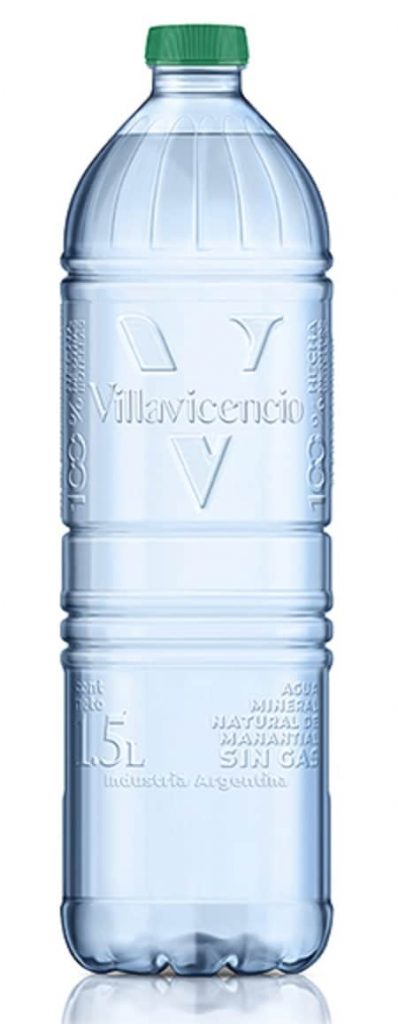
Nylon66-China – No-Label-PET-Bottle
